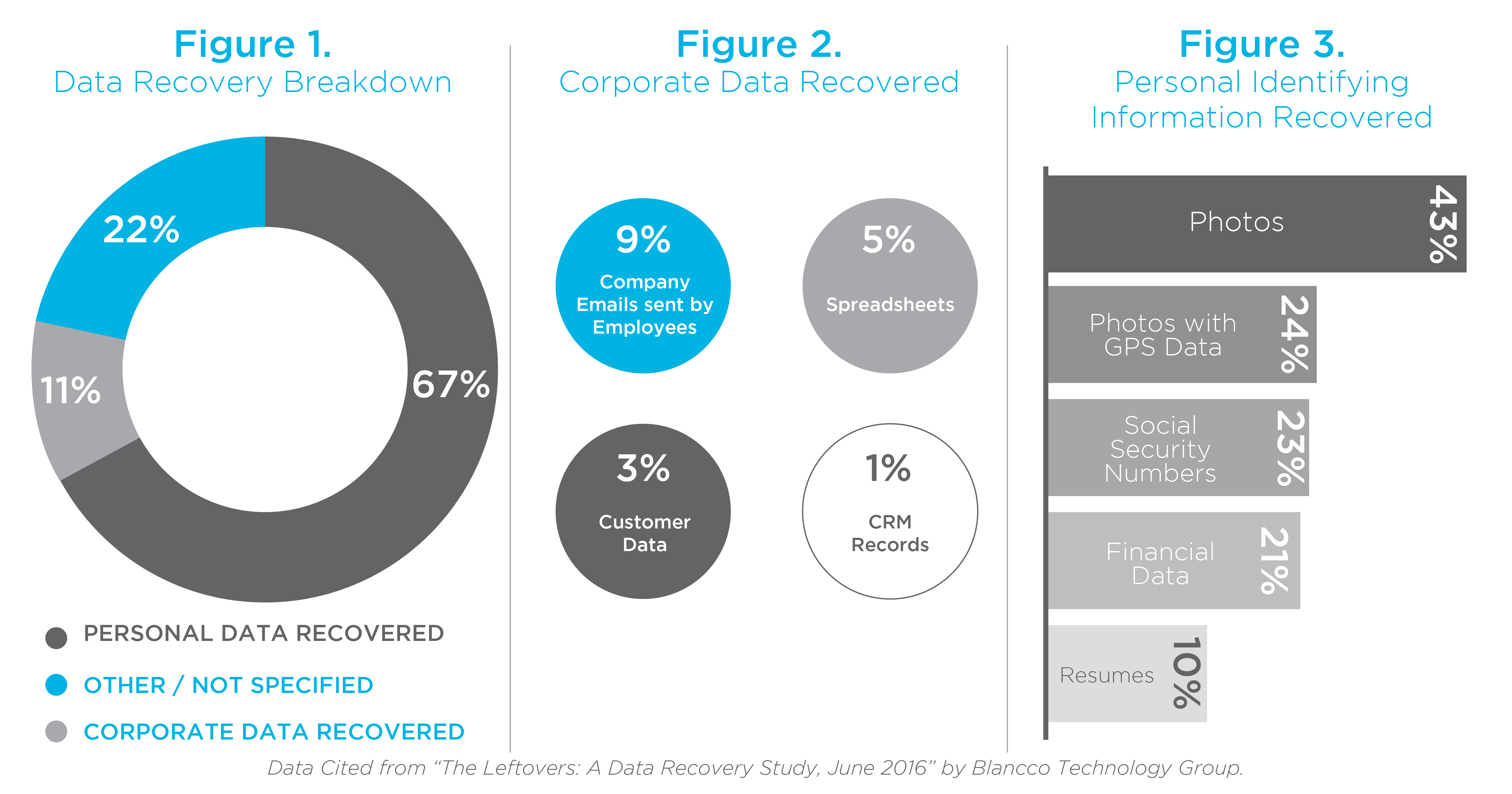Staggering Statistics to Support Hard Drive Destruction
Information security continues to be at the forefront of personal and corporate data concerns. As a society, we rely more and more on digital devices each day, and every day hackers become smarter and more advanced with their attempts to compromise our information for their personal gain. Whether you manage business assets and customer information or you are just looking to protect the information of yourself and your family, thinking about your old hard-drives and digital devices should be something you take very seriously. Think about how much information passes through your laptop, desktop, smart phone, or tablet each day, bank account information, financial records, medical records, the list goes on and on. Despite all the information we share on these devices, we are quick to toss them aside when the latest greatest version hits the market, but are you doing everything you can to protect yourself and your information when it’s time to upgrade?
A recent study completed by the Blancco Technology Group took a closer look at just how much of your information can be recovered from used hard-drives, even If you think your information has been deleted. As a part of their research they purchased some 200 used drives from various sites online and some 36% of those drives contained “residual data” or data that the previous user deleted but did not erase the files, which means that they were easier to recover, especially for those who know what to look for. While properly erasing your drives is much safer than just deleting the files, the only way to be 100% sure your information is protected is to securely destroy the hard drives. Of the 200 drives that Blancco Technology purchased, only 10% of those had a secure data erasure method performed on them, and despite this being the most effective way to remove information, few people have access to the right technology and resources to implement these types of date erasures. Here is a closer look at what they were able to find on those used hard drives that might have you reconsidering how you or your business choose to handle outdated hard drives and electronic devices.

Figure 1
67% of the drives they purchased contained personally identifiable information and 11% contained corporate data.
Figure 2
Of corporate data recovered, 9% was company emails, 5% was spreadsheets 3% contained some kind of customer data and around 1% were CRM (client relationship management) Records. Blancco Technology says that the files included things like sales projections, inventories, and other information that could pose a threat to intellectual property.
Figure 3
The personally identifiable information recovered included things as seemingly harmless as photos to more specific information like GPS data, banking and financial information, and even social security numbers.
If you are planning to upgrade computers and mobile devices for your family, and especially your business, in the near future, we highly recommend that you consider a secure destruction plan to protect yourself and your information. If you are interested in learning more about how this process works, check out this quick video to get an inside look at our e-waste shredding operation and be sure to contact us with any questions you may have about our capabilities!
